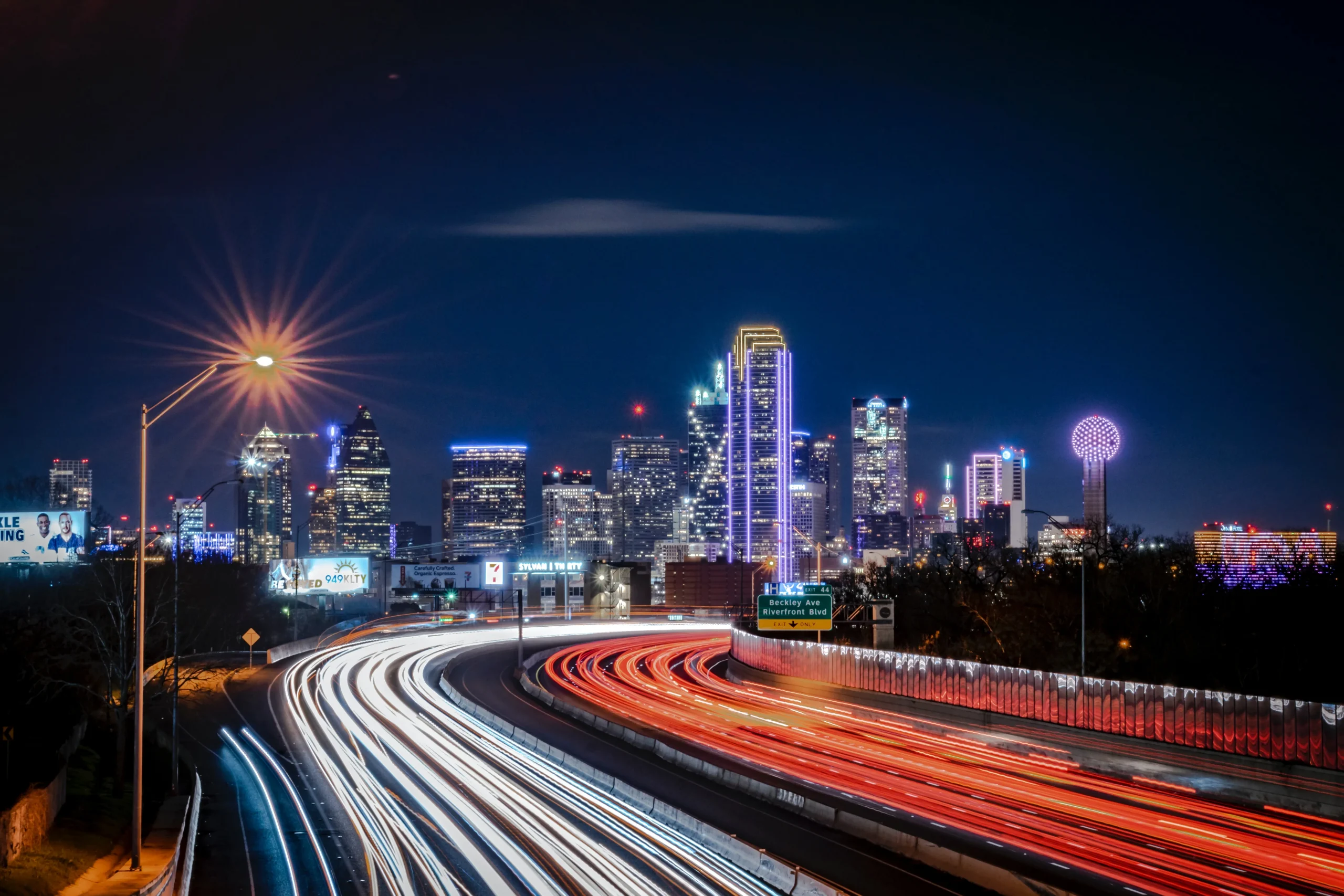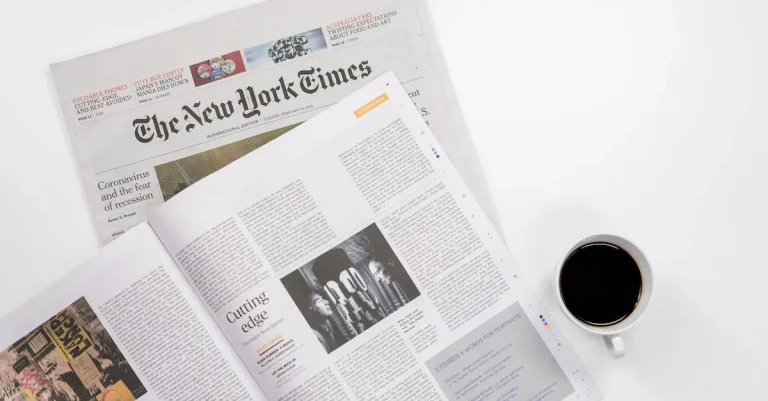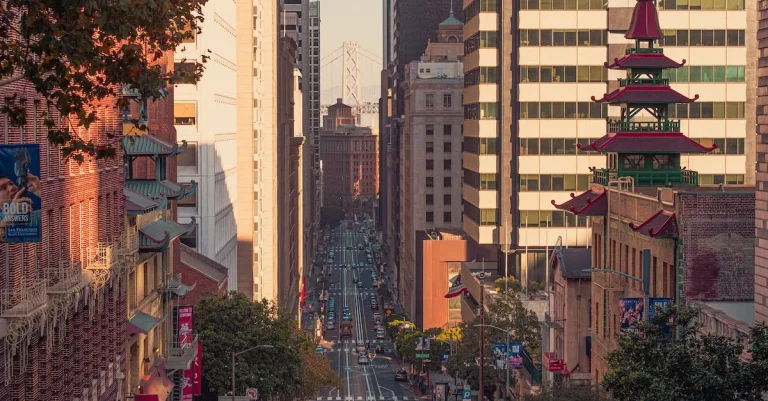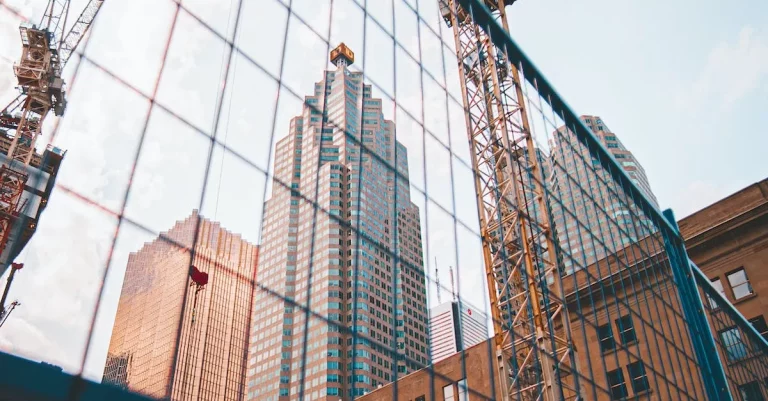New York Vs Dallas: How Do These Major Us Cities Compare?
New York City and Dallas are two major metropolises in the United States that attract millions of visitors each year. If you’re short on time, here’s a quick take: New York City is significantly larger with a bustling, fast-paced vibe while Dallas is more relaxed and affordable. But there are many factors to weigh when comparing these two iconic American cities.
In this in-depth guide, we will compare New York City and Dallas across categories like size, population, economy, culture and arts, transportation, cost of living, and more. Whether you are considering a move, planning a visit, or just curious to learn how these famous cities stack up, read on for a detailed side-by-side comparison of the Big Apple and Big D.
Size and Population
When comparing New York and Dallas, one of the key factors to consider is their size and population. Let’s take a closer look at this aspect:
Total area size
New York City, also known as the Big Apple, is spread across a total area of approximately 468 square miles. It is made up of five boroughs: Manhattan, Brooklyn, Queens, The Bronx, and Staten Island. In contrast, Dallas has a total area of around 385 square miles, making it slightly smaller than New York City in terms of land area.
City proper population
When it comes to population, New York City takes the lead as one of the most populous cities in the United States. With an estimated population of over 8.4 million people, it is home to a diverse and vibrant community.
On the other hand, Dallas has a population of around 1.3 million residents, making it significantly smaller than New York City.
Metro area population density
While New York City has a larger city proper population, it’s important to consider the population density in the surrounding metropolitan areas as well. The New York metropolitan area, which includes parts of New York, New Jersey, and Connecticut, has a population of over 20 million people.
This makes it one of the most densely populated areas in the country. In comparison, the Dallas-Fort Worth metropolitan area has a population of around 7.5 million people, making it less densely populated than the New York metropolitan area.
For more detailed information on the population and size of these cities, you can visit www.census.gov. It’s fascinating to see how these cities differ in terms of their size and population, which ultimately contributes to their unique characteristics and experiences.
Economy and Industry
Major companies and Fortune 500 headquarters
Both New York and Dallas are home to a number of major companies and Fortune 500 headquarters. In New York, you can find renowned companies such as Goldman Sachs, JPMorgan Chase, and Verizon. The city’s diverse economy attracts businesses from various industries, including finance, media, and technology.
Dallas, on the other hand, boasts headquarters of companies like ExxonMobil, AT&T, and American Airlines. These companies contribute significantly to the city’s thriving economy.
Media, finance, technology, oil
New York City is widely recognized as a global hub for media, finance, and technology. The city is home to major media conglomerates like Time Warner, CBS, and Viacom. It also houses the New York Stock Exchange and serves as a major financial center, attracting professionals from around the world.
Additionally, the city’s Silicon Alley has become a prominent technology hub, fostering innovation and entrepreneurship.
Dallas, on the other hand, has a strong presence in the oil and gas industry. Texas is known for its vast oil reserves, and Dallas serves as a major center for oil-related businesses. The city’s economy is also diversifying, with an increasing focus on technology and startups.
Dallas is home to numerous technology companies and has seen significant growth in recent years.
Business costs and taxes
When it comes to business costs and taxes, Dallas generally has an advantage over New York. The cost of living and doing business in Dallas is relatively lower compared to New York City. This makes it an attractive destination for companies looking to establish their presence in the United States.
Additionally, Texas’ business-friendly tax policies, including no state income tax, make it an appealing option for businesses.
However, it is important to note that New York City offers unique advantages such as access to a large talent pool, a highly developed infrastructure, and proximity to global markets. These factors often outweigh the higher costs associated with doing business in the city.
For more information on the economies of New York and Dallas, you can visit the following websites:
Culture and Arts
Museums, theaters, and music venues
Both New York and Dallas have a vibrant cultural scene, offering a wide range of museums, theaters, and music venues to explore. In New York, you can find world-renowned institutions like the Metropolitan Museum of Art, the Museum of Modern Art (MoMA), and the Broadway theaters in the iconic Theater District.
Dallas, on the other hand, has its own cultural gems, such as the Dallas Museum of Art, the AT&T Performing Arts Center, and the Deep Ellum neighborhood known for its live music venues.
Cuisine
When it comes to cuisine, both cities offer a diverse culinary experience. New York is famous for its international cuisine, with a plethora of restaurants representing different cultures and flavors. From pizza in Brooklyn to fine dining in Manhattan, there’s something for every palate.
Dallas, on the other hand, is known for its Tex-Mex and barbecue. You can enjoy mouthwatering brisket, ribs, and tacos while exploring the city’s unique food scene.
Nightlife
Both New York and Dallas have an exciting nightlife, but they offer different experiences. In New York, you can find iconic nightclubs, trendy rooftop bars, and jazz clubs that stay open until the early hours of the morning.
Dallas, on the other hand, has a more laid-back nightlife scene with a focus on live music venues and casual bars. Whether you prefer dancing the night away or enjoying live performances, both cities have something to offer.
Major events and festivals
Both cities host a variety of major events and festivals throughout the year. In New York, you can experience world-famous events like the Macy’s Thanksgiving Day Parade, the New York Fashion Week, and the Times Square New Year’s Eve celebration.
Dallas, on the other hand, has its own unique events, such as the State Fair of Texas, the Dallas International Film Festival, and the Dallas Blooms festival at the Dallas Arboretum.
For more information on cultural events and attractions in New York, you can visit nycgo.com. To learn more about Dallas’ cultural scene, you can visit visitdallas.com.
Transportation
Airports
When it comes to airports, both New York and Dallas boast major international airports that connect travelers to destinations around the world. New York is served by three major airports: John F. Kennedy International Airport (JFK), LaGuardia Airport (LGA), and Newark Liberty International Airport (EWR).
These airports offer a wide range of domestic and international flights, making it convenient for travelers to fly in and out of the city. On the other hand, Dallas has Dallas/Fort Worth International Airport (DFW), which is one of the largest airports in the world and serves as a major hub for both domestic and international flights.
With multiple airports in both cities, travelers have plenty of options when it comes to air travel.
Public transit systems
In terms of public transit systems, New York takes the lead with its extensive subway system. The New York City Subway is one of the oldest and largest public transportation systems in the world, providing residents and visitors with a convenient and affordable way to get around the city.
The subway system covers all five boroughs of New York City and operates 24 hours a day, seven days a week. In contrast, Dallas has the Dallas Area Rapid Transit (DART), which includes light rail, buses, and commuter rail services.
While not as extensive as the New York subway system, DART still offers a viable alternative for getting around the city.
Walkability and bike-friendly rating
When it comes to walkability and bike-friendliness, New York City has the advantage. The city’s compact layout and dense population make it highly walkable, with many neighborhoods offering easy access to shops, restaurants, and amenities.
Additionally, New York has made efforts to improve its bike infrastructure, with the implementation of bike lanes and the introduction of bike-sharing programs. On the other hand, while Dallas has made strides in improving walkability and bike-friendliness in recent years, it still has a long way to go compared to New York.
However, certain neighborhoods in Dallas, such as Uptown and Deep Ellum, are known for their pedestrian-friendly streets and bike-friendly amenities.
Traffic and commute times
Both New York and Dallas are known for their traffic congestion, but New York takes the crown when it comes to long commute times. According to a study conducted by INRIX, a transportation analytics company, New York City ranked as the third most congested city in the United States in 2020.
On average, New Yorkers spend about 100 hours per year stuck in traffic. Dallas, on the other hand, ranked as the 15th most congested city in the U.S., with an average of 42 hours spent in traffic per year.
While traffic can be a challenge in both cities, the extensive public transportation options in New York can help alleviate some of the congestion and provide alternative commuting options for residents.
Cost of Living
When comparing the cost of living between New York and Dallas, there are several factors to consider. These include housing costs, goods and services, and state and local taxes.
Housing costs
Housing costs in New York are notoriously high. The city is known for its sky-high rent prices and expensive real estate market. On the other hand, Dallas offers a more affordable housing market, with lower rent prices and a wider range of options for homebuyers.
According to data from the U.S. Census Bureau, the median home value in New York is $679,000, while in Dallas it is $214,000. This stark difference in housing costs can greatly impact an individual’s budget and quality of life.
Goods and services
When it comes to the cost of goods and services, New York tends to be more expensive than Dallas. This is due to a variety of factors, including higher transportation costs, higher wages, and the higher demand for goods and services in a densely populated city.
From groceries to dining out, residents of New York can expect to pay more for everyday items compared to their counterparts in Dallas. However, it’s important to note that there are also more options and variety in New York, which may be worth the higher price tag for some individuals.
State and local taxes
Taxes can also play a significant role in the overall cost of living. In New York, residents face some of the highest state and local taxes in the country. The state income tax rates range from 4% to 8.82%, while the sales tax rate can reach up to 8.875% in certain areas.
On the other hand, Texas has no state income tax, which can be a significant advantage for residents of Dallas. The state sales tax rate in Texas is 6.25%, but there may be additional local sales taxes depending on the city or county.
These differences in tax rates can greatly impact an individual’s disposable income and overall financial well-being.
It’s important to keep in mind that while these factors provide a general overview of the cost of living in New York and Dallas, individual circumstances and personal preferences can greatly influence how one perceives the cost of living in each city.
It’s always a good idea to thoroughly research and consider all aspects before making a decision to relocate or move to a new city.
Conclusion
While New York remains America’s biggest, busiest city, Dallas offers warmer weather, fewer crowds, and more affordability. Each provides unique big-city experiences. Evaluate your priorities like career, lifestyle, and budget to decide if the bright lights of the Big Apple or laid-back vibe of Big D better suit your needs.








